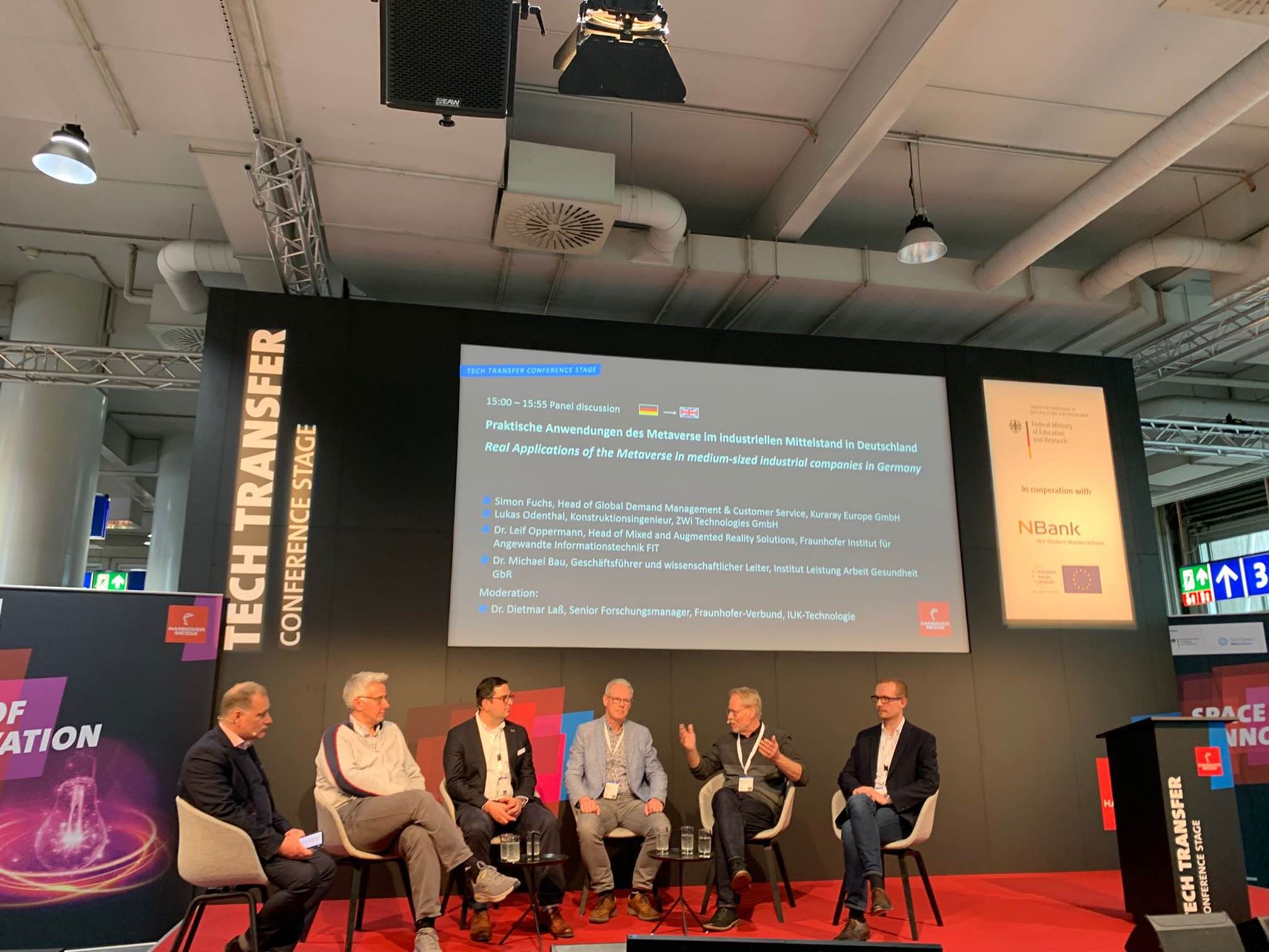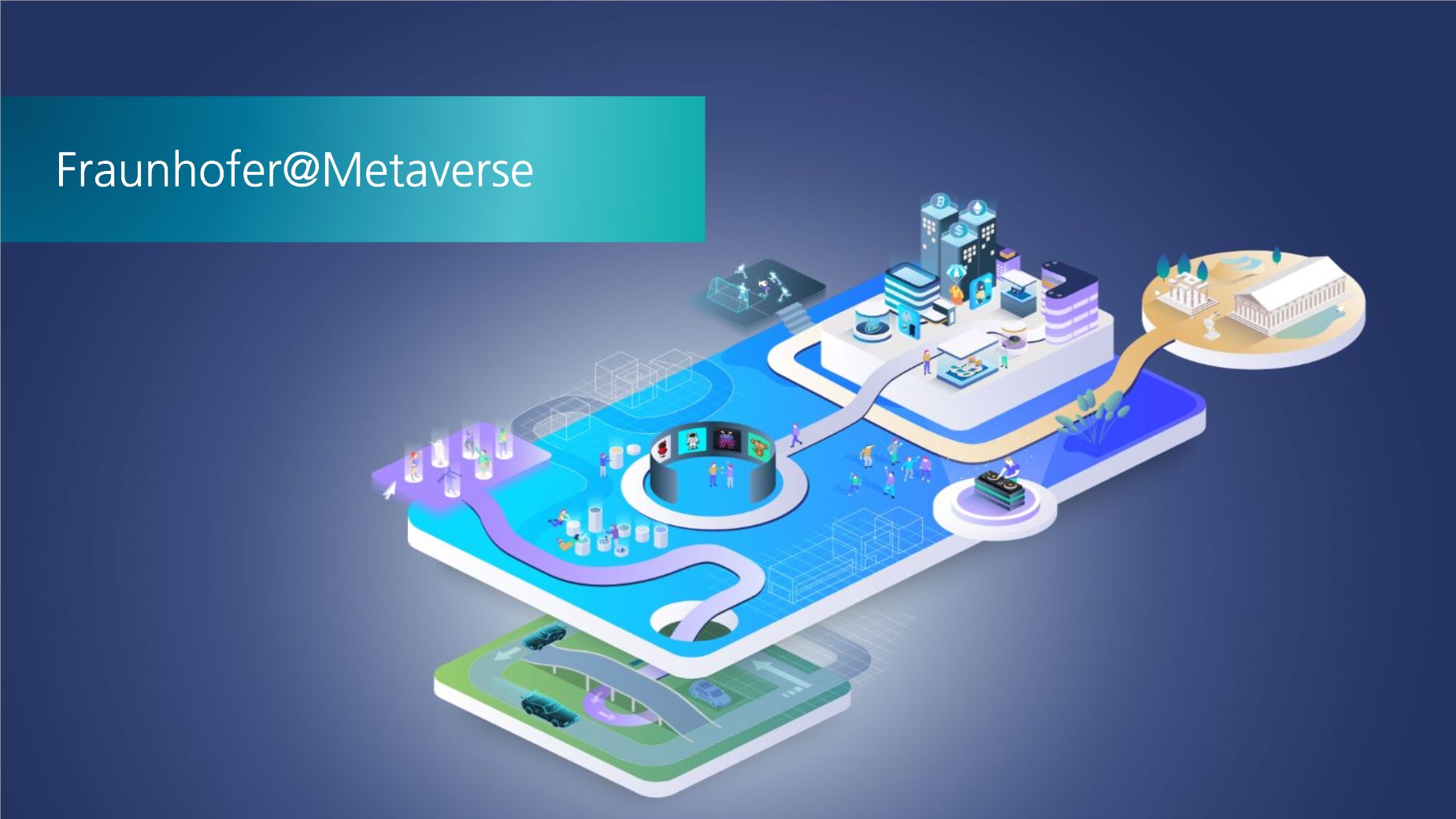Metaverse – a definition
As usual with trending topics, there is often a lack of consistent definitions and sometimes substance. So what is this metaverse and for whom is it relevant and why? Conceptually borrowed from science fiction literature, the »metaverse« describes a virtual world with digital avatars and virtual objects. The metaverse is the potential Internet design of the future: this 3D Internet can be viewed as well as entered using data glasses and extended reality (XR) technologies, enabling seamless interaction between the digital and analog worlds. The prefix "meta" describes the seamless cross-platform transition between different virtual worlds. Building on scientific publications by researchers, Fraunhofer defines the metaverse based on the following seven characteristics:
- A metaverse is a combination of virtual worlds and extended real worlds, which, however, do not represent self-contained systems, but are networked with each other and with reality.
- A metaverse is a social medium in which people can interact, communicate, cooperate but also act and own property.
- A metaverse is persistent and long-lived, but may have temporary sessions.
- A metaverse is an integrative system that incorporates and uses numerous other technologies in addition to virtual and augmented reality. To this end, it is important that all Metaverse components are open and interoperable, following open standards as much as possible.
- The key action of metaverse applications – besides virtual immersion – is to capture user states and the real environment.
- Participation in the metaverse is multimodal and can be customized in intensity and representation (»embodiment of avatars«). Participants can seamlessly switch between different forms of participation and participation intensity.
- A metaverse is closely linked to the real world. Information, actions and interactions are exchanged between both environments (virtual and real) and influence each other.



